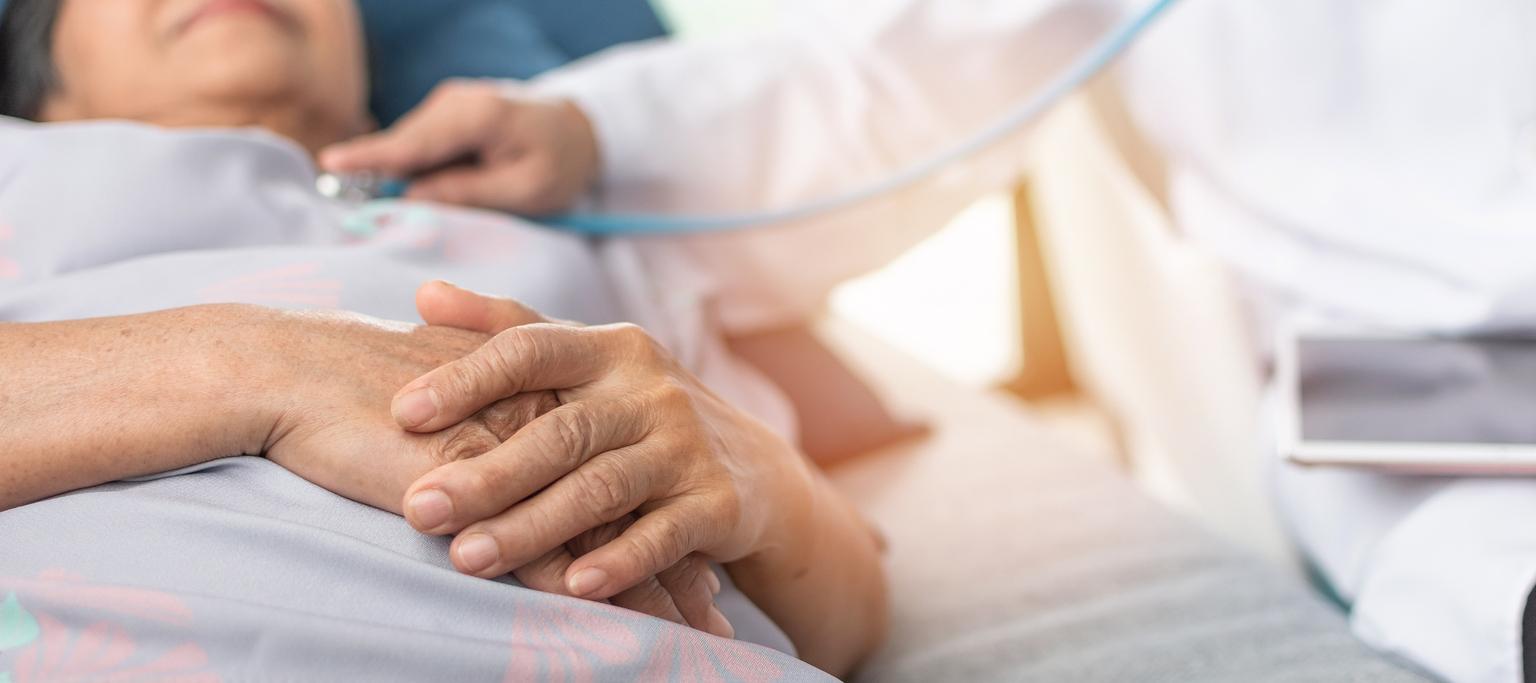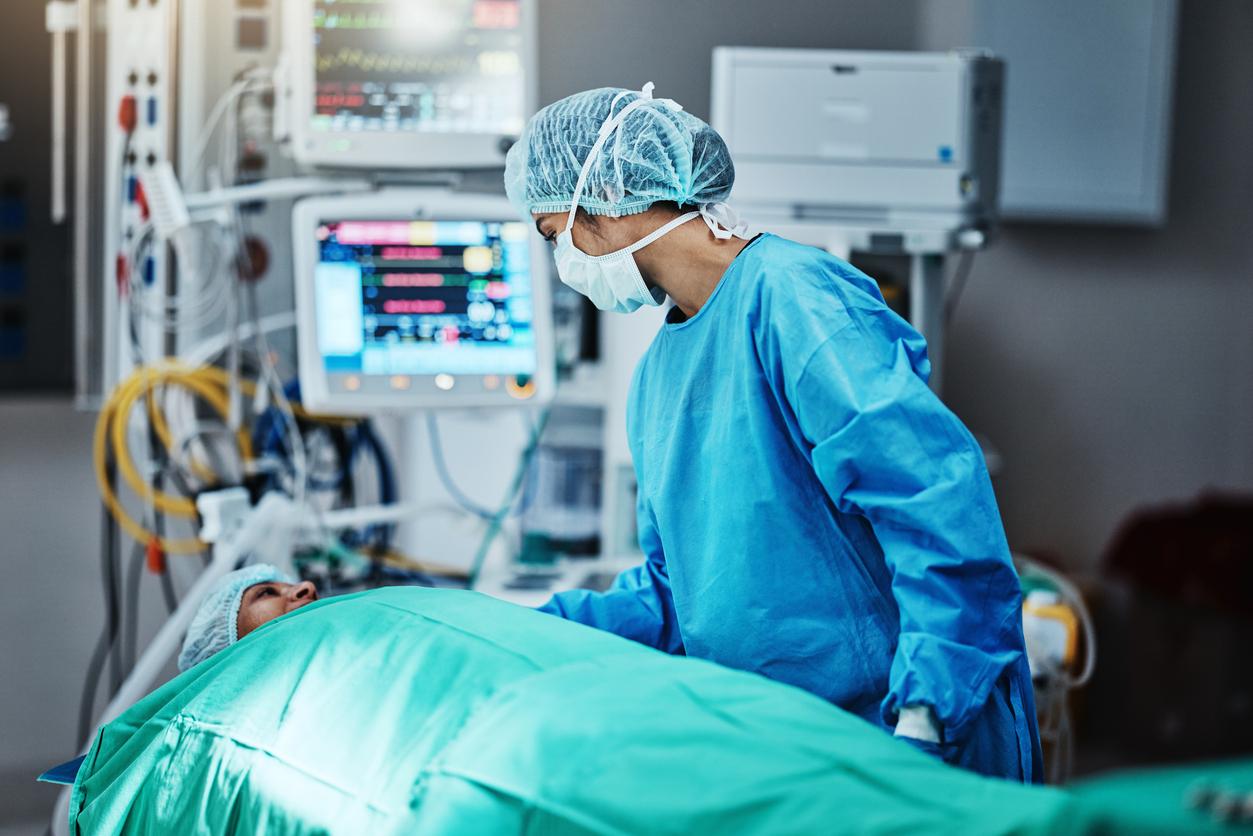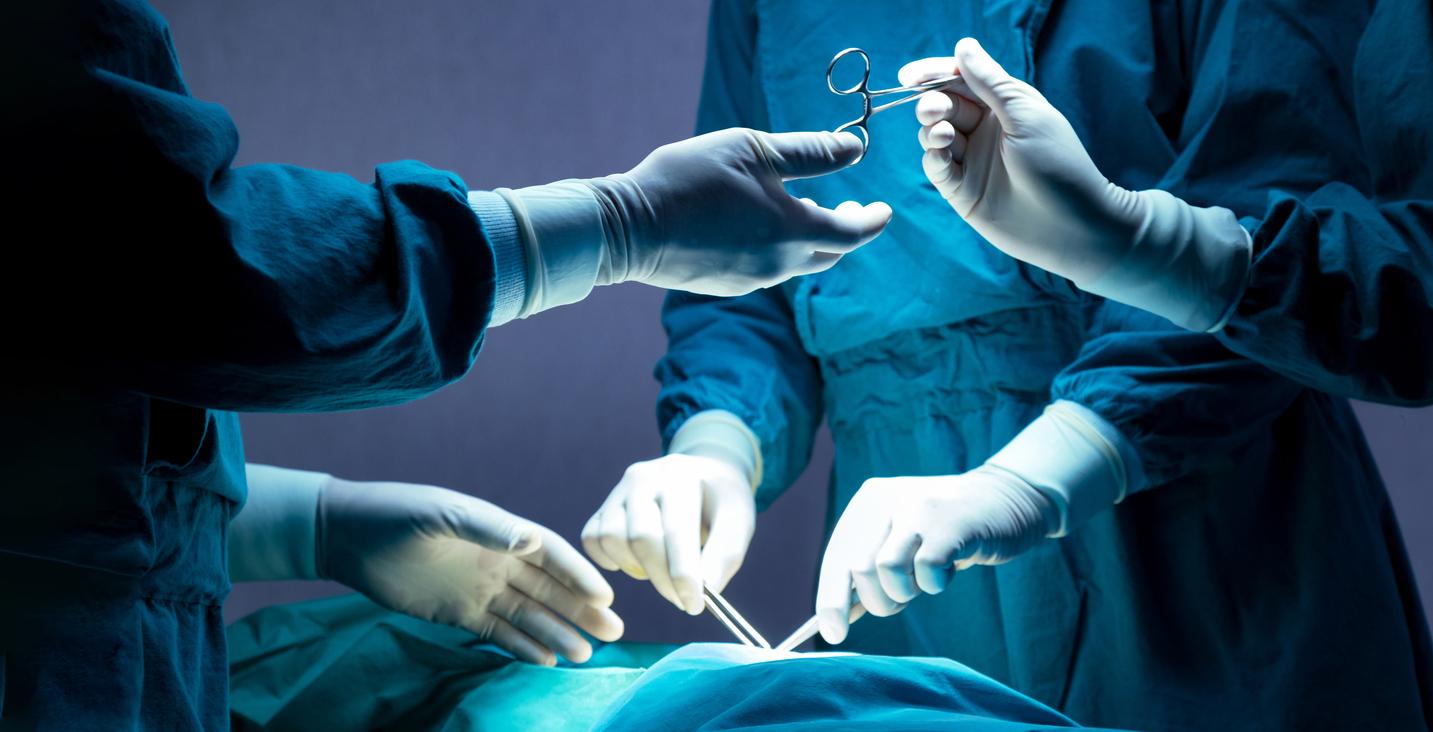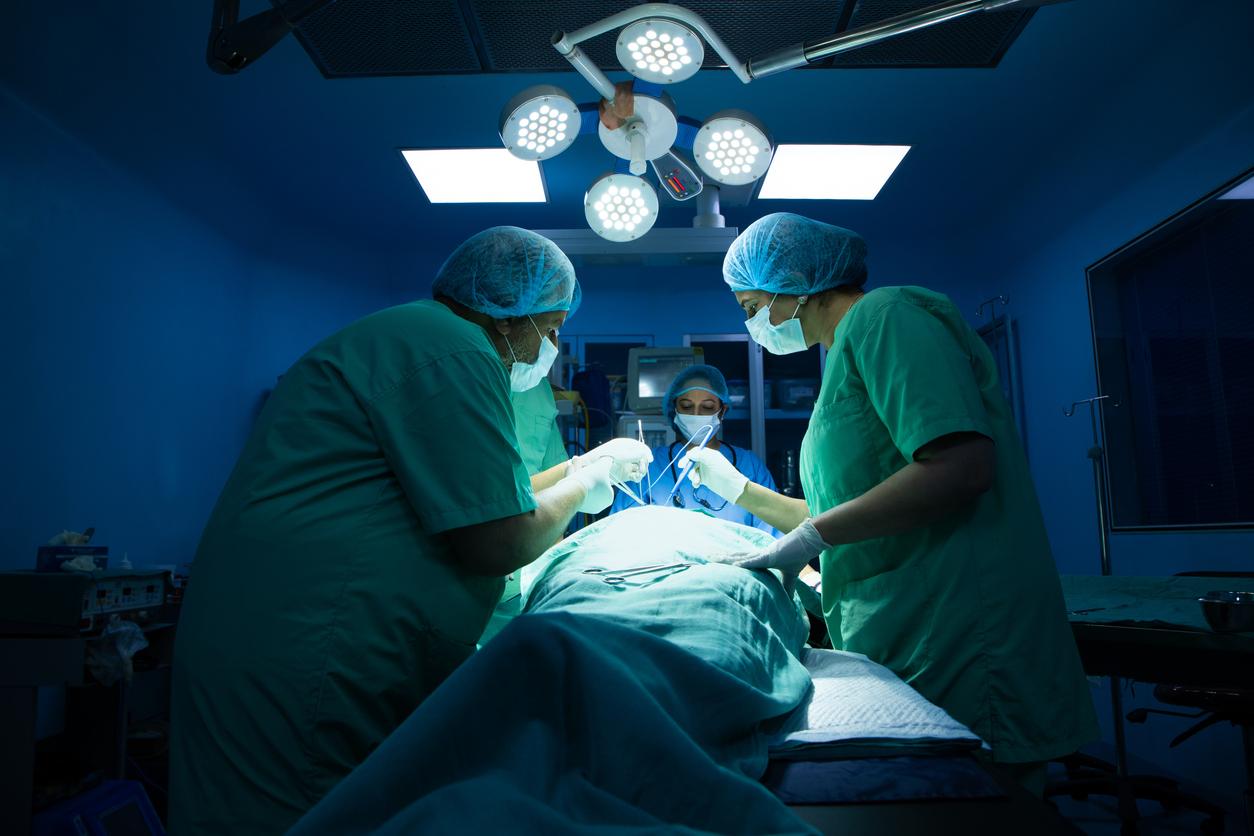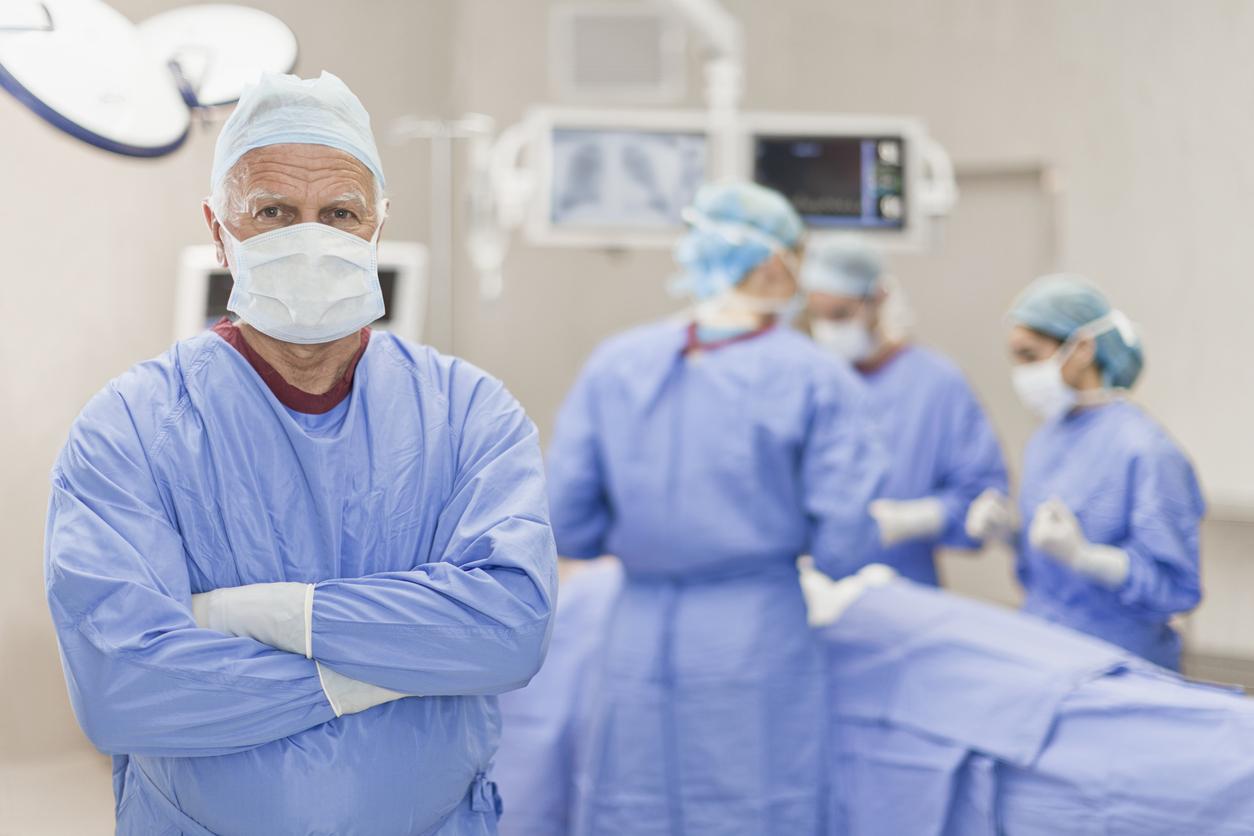While smartphone manufacturers are announcing with great fanfare the launch of 5G this year, in Barcelona in Spain we have already experienced the potential of this very high speed network on the operating table. A team of surgeons and anesthesiologists from the Clinical Hospital of Barcelona carried out a colo surgeryn on a patient by being remotely assisted by Dr. Antonio de Lacy using Vodafone 5G technology. The intervention was broadcast in real time in video on a giant screen on the stage of the Mobile World Congress (MWC ) in Barcelona.
The head of the gastrointestinal surgery department at the Spanish hospital guided his team by drawing the graphic instructions on a tablet with a stylus or with his finger. His team performed a sigmoidectomy in real time, theremoval of part of the intestine where a small tumor resided.
The doctors were also connected with the professor by earphones and a video, precise El Pais.
Soon 5G operations by robotic arm
The innovation is based less on remote assistance than on the benefits of 5G compared to 4G: with this connection, the latency time is considerably reduced. The latency time corresponds to the reaction time between the ordering party, namely the doctor who directs the operation, and his team in the operating room which performs it. With 5G it took only 0.01 seconds to transmit a graphics instruction, compared to 0.27 seconds if it had been given via the 4G network.
The new generation network also significantly improves image quality. 5G can help limit the risk of errors in these types of remote surgeries.
With 5G, doctors see operations where the doctor could guide remotely a robotic arm.
Read also
Artificial intelligence to diagnose pediatric diseases
Micro chemical sensors to study the brain from the inside










